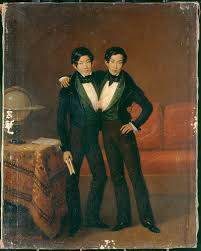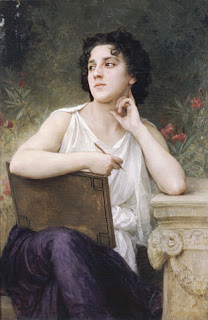Reading Notes: Laos B

The earlier themes continued in this second half of the Laos reading. There is still an abbreviated sense of details, and the text flows as if it was "poorly" translated. This is pretty evident in the story The Legend of the Rice. Even as it starts, the setting is limited to vague descriptions that don't speak very much to the mental images the reader gets. The text is very choppy, but with a theme that is still evident, the story shows that you can reduce a story down to the bare bones and still be effective. Buffalo! Link . Story: From Laos Folk-Lore by Katherine Neville Fleeson (1899). Link .












